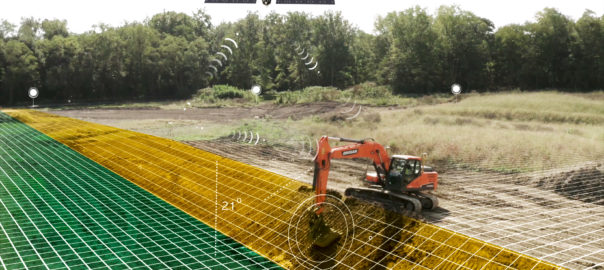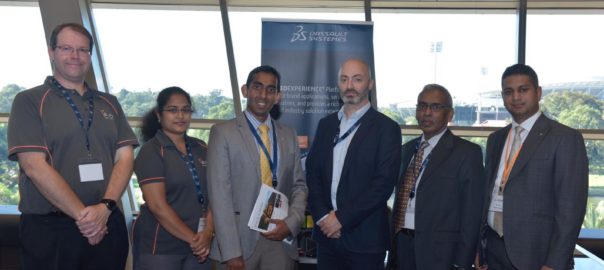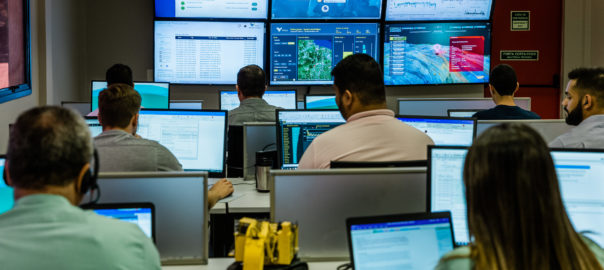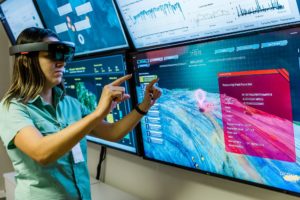Doosan Infracore Europe, under the theme ‘Powered by Innovation’, has announced a number of new developments that, it says, not only add to the company’s current Smart Solutions portfolio for the construction, quarry and mining equipment, but also gives a preview of what will be coming in the future.
They include a new strategic partnership with Palantir Technologies, an American big data start-up. This agreement is the first of its type in Korea and forms part of the company’s efforts to provide new products and services by converging ICT technologies such as big data and the Internet of Things, Doosan said.
The service programs within Doosan Smart Solutions also aim to maximise operating efficiency by creating a smart work environment and, as part of this, Doosan has launched a new mobile app for Apple and Android devices for its DoosanCONNECT™ fleet and asset management system, now covering over 70,000 Doosan machines worldwide. Further support is provided by a package program of regular maintenance and extended warranty designed by Doosan and carried out by the service teams at Doosan dealers.
To meet increasing demand for the increased efficiency offered by machine guidance systems on excavators, Doosan Smart solutions is offering new Leica, Trimble and Xsite Ready Kits for the Doosan wheeled and crawler excavators from 14 to 30 t, it said. Doosan Smart Solutions already provides factory-installed options for the increased flexibility offered by SVAB/Steelwrist tilt rotator systems for the Doosan wheeled excavator range.
Doosan provided an industry-first with a demonstration at Bauma 2019 of long distance remote control of machines using a 5G telecommunications platform, previewing the company’s ConceptX suite of solutions for site automation including fuel cell drones and autonomous vehicles, which will be shown off at another event later this year.
Charlie Park, CEO of Doosan Infracore Europe, said: “The construction, quarrying and mining industries are becoming increasingly digitalised. We want to stay ahead by investing heavily in new technology for our product development, which includes investing in our drone solutions and automated machine control. We are also partnered with many big solution providers such as Trimble, Leica, Moba (Novatron) and now Palantir. We want to be known as the most technology-friendly brand in our markets.”










